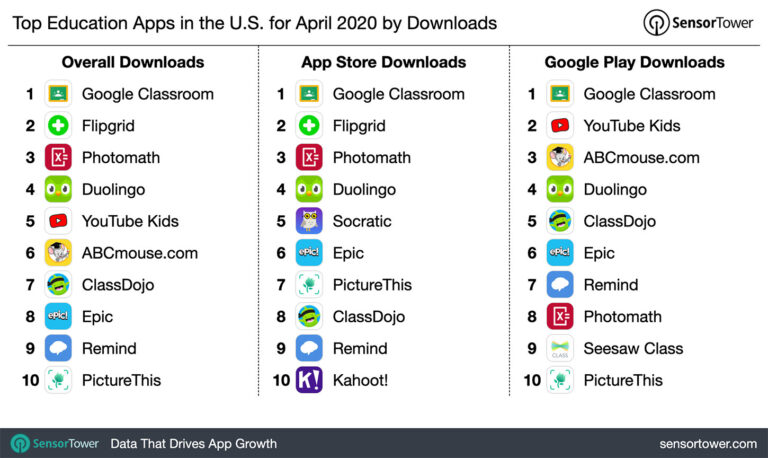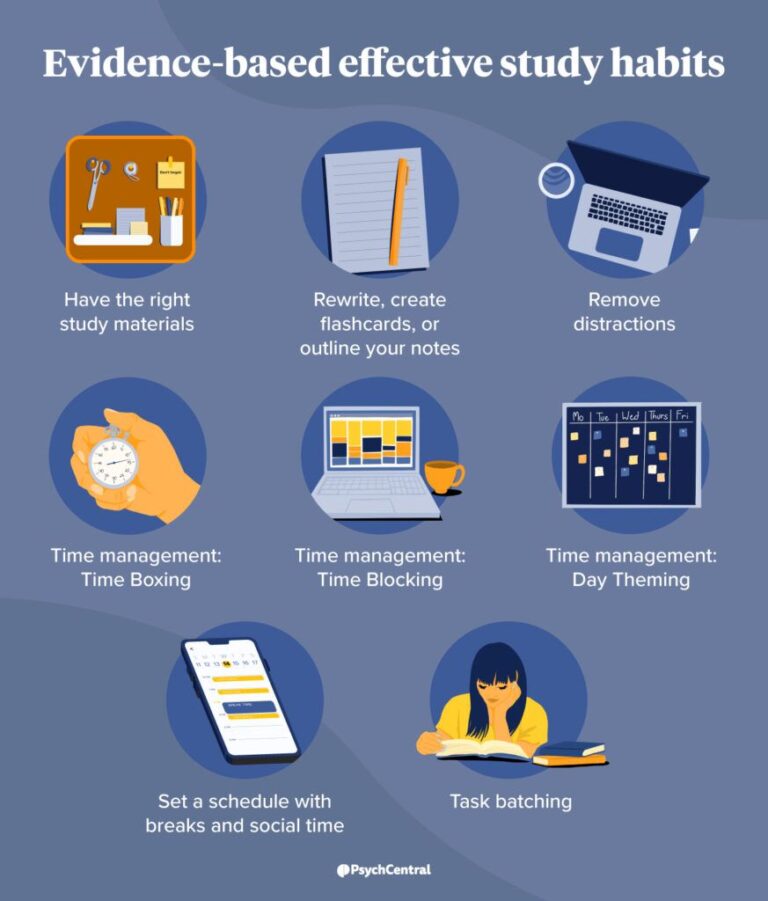Open-Source Education Platforms Review: Transforming Learning for Everyone
Open-source education platforms have gained tremendous traction in recent years, providing an accessible, customizable, and cost-effective way for educators and learners to engage in educational activities. These platforms are driven by open-source software, which allows users to modify, adapt, and distribute content freely. For teachers, students, and educational institutions looking to implement technology-driven learning solutions without hefty price tags, open-source education platforms offer an appealing alternative to proprietary systems. In this review, we will explore some of the top open-source education platforms, examining their features, advantages, and how they are reshaping education in today’s digital age.
What Are Open-Source Education Platforms and Why Do They Matter?
Open-source education platforms are online systems that provide tools for creating, managing, and delivering educational content. These platforms are built using open-source software, meaning that the underlying code is freely available for anyone to use, modify, and share. For educators, these platforms offer a wide range of benefits, including low costs, flexibility, and the ability to personalize learning experiences. Since the software is open and customizable, schools and institutions can tailor it to suit their specific needs. Open-source education platforms also contribute to greater innovation, as educators and developers can collaboratively enhance features, improve accessibility, and implement new learning tools.
Top Features of Open-Source Education Platforms
Open-source education platforms come with several features that make them an attractive option for educational institutions, teachers, and students. Some of the standout features include:
- Customizability: Since the source code is open, users can modify the platform to fit their specific requirements, whether it’s creating custom learning modules or integrating third-party applications.
- Cost-Effectiveness: Open-source platforms are typically free to use, reducing the financial burden on institutions that might be constrained by limited budgets.
- Collaboration Tools: Many open-source platforms come with integrated collaboration features, such as discussion forums, chat functionalities, and group workspaces, allowing for seamless interaction between students and instructors.
- Scalability: Open-source education platforms can easily scale to accommodate growing numbers of users, making them ideal for both small classrooms and large universities.
- Content Sharing and Reuse: As open-source platforms allow for the redistribution of content, educators can share their resources with others, fostering a community of knowledge sharing and collaborative learning.
Popular Open-Source Education Platforms to Consider
There are several open-source education platforms that have gained recognition for their robust features, ease of use, and flexibility. Let’s take a look at some of the leading platforms:
- Moodle: One of the most widely used open-source learning management systems (LMS), Moodle offers a flexible environment for creating online courses, managing content, and tracking student progress. With a large community of developers and a wide array of plugins, Moodle is highly customizable and suitable for institutions of all sizes.
- Canvas: Developed by Instructure, Canvas is an open-source LMS that is user-friendly, cloud-based, and features an intuitive interface. It allows for easy integration with other tools and provides powerful grading and assessment features. Canvas is popular for its clean design and efficient user experience.
- Open edX: Open edX is another widely used platform that focuses on providing MOOCs (Massive Open Online Courses). It’s a flexible platform used by many universities and institutions to offer high-quality online learning experiences. Open edX also allows for customization and provides strong analytics for tracking learner progress.
- Sakai: Sakai is a collaborative learning environment that supports course management, communication, and assessment. It’s a great option for institutions that need an easy-to-use system with strong collaboration features. Sakai is widely used in higher education and provides a wide range of tools for content delivery.
- Chamilo: Chamilo is an open-source e-learning platform designed to be user-friendly and accessible. It focuses on delivering online courses and training with tools for managing content, creating quizzes, and tracking learner performance.
How Open-Source Platforms Support Collaborative Learning
One of the key benefits of open-source education platforms is their ability to foster collaboration between students, educators, and even institutions. These platforms provide built-in tools like discussion forums, group projects, shared resources, and peer reviews, which allow students to collaborate and engage with each other effectively. For teachers, these platforms offer the ability to create collaborative learning environments where learners can exchange ideas, work together on assignments, and receive constructive feedback. The ability to collaborate freely is a cornerstone of modern education, helping students develop crucial soft skills like teamwork, communication, and critical thinking.
Challenges and Considerations for Using Open-Source Education Platforms
While open-source education platforms offer numerous advantages, there are some challenges and considerations that users should keep in mind. For example, the level of technical expertise required to customize and maintain these platforms can be a barrier for some educators or institutions. Although the platforms are free, there may be additional costs associated with hosting, customization, and support. Moreover, open-source platforms sometimes lack the customer service and user support that come with proprietary systems, so users must be prepared to troubleshoot and resolve technical issues independently or rely on community forums for assistance.
Frequently Asked Questions (FAQs)
1. Are open-source education platforms completely free to use?
Yes, open-source platforms are generally free to use, but you may need to pay for hosting, custom development, or technical support.
2. What are the main benefits of using an open-source platform?
The primary benefits are low costs, customization, flexibility, and the ability to collaborate with a large community of educators and developers.
3. Can I integrate third-party tools into an open-source education platform?
Yes, many open-source education platforms allow for easy integration with third-party tools and applications to enhance the learning experience.
4. How easy is it to set up and maintain an open-source platform?
Setting up and maintaining an open-source platform may require technical knowledge, especially for customization and troubleshooting. However, many platforms offer detailed documentation and a supportive community to help with setup.
5. Which open-source platform is best for my institution?
The best platform depends on your needs. For institutions focused on traditional course management, Moodle and Canvas are popular choices, while Open edX is ideal for offering MOOCs. Sakai and Chamilo are great for collaborative learning environments.

